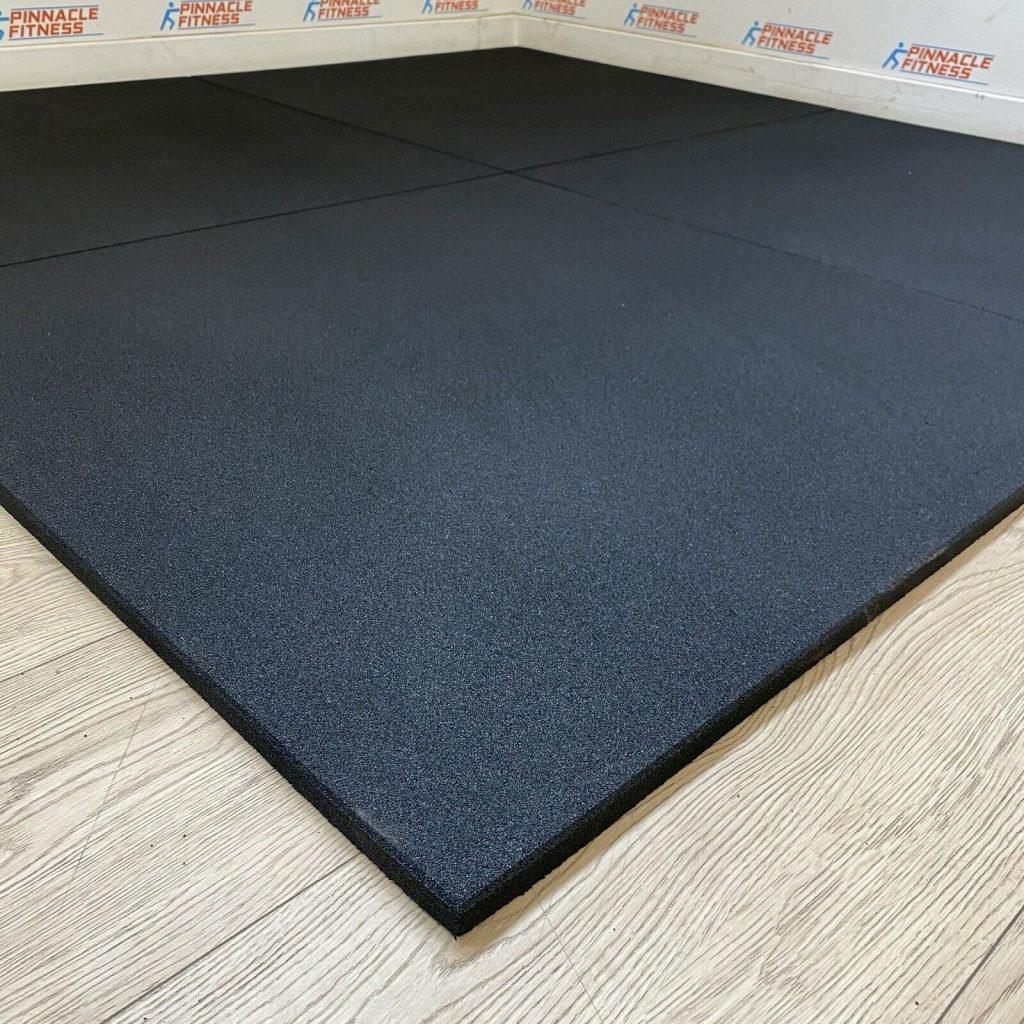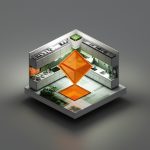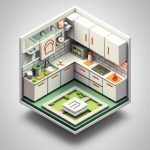Workout flooring is a vital consideration for any home gym setup, providing safety, comfort, and protection for your equipment. From budget-friendly options to premium solutions, this article will guide you through the best cheap home gym flooring materials, helping you create a safe and effective workout space without breaking the bank. [— Cheap Home Gym Flooring: Budget-Friendly Options for a Safe Workout Space —]
Key Takeaways:
- Affordable Options: Home Gym Mats Pebble (1.45/sq. ft.), Rubber Flooring Roll 3/8 inch Confetti (1.70/sq. ft.), Plyometric Rubber Roll 3/8 inch (1.80/sq. ft.), Aerobic Foam Floor Tile (1.60/sq. ft.).
- Other Budget-Friendly Choices: Foam (yoga/Pilates), Vinyl (easy to clean, moisture-resistant).
- Prioritize Safety: Choose flooring that minimizes impact, prevents slipping, and protects equipment.
- Consider Durability: Invest in flooring that withstands wear and tear from heavy lifting, jumping, and other exercises.
- Optimize Cost: Explore options within your budget while ensuring essential safety and performance standards.
Cheap Home Gym Flooring
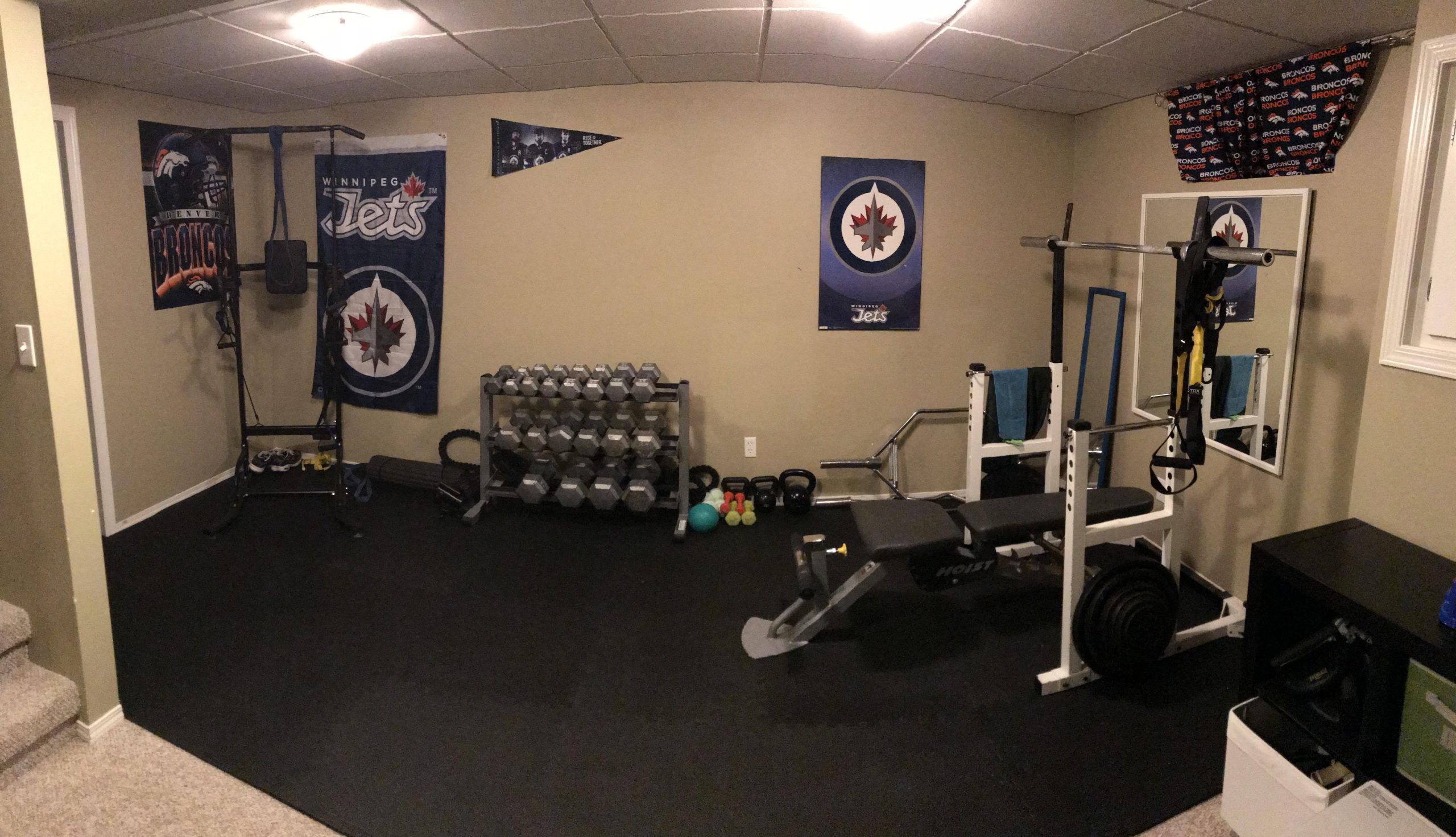
If you’re looking to create a home gym on a budget, don’t let flooring costs deter you. There are several cheap home gym flooring options that provide both safety and support during your workouts. Here are a few budget-friendly choices:
Types of Cheap Home Gym Flooring
-
Rubber Roll Flooring: Rubber roll flooring is durable, absorbs shock, and is easy to clean. It comes in various thicknesses, with 3/8-inch rolls typically costing around $1.70 per square foot.
-
Foam Mats: Foam mats are lightweight, easy to install, and provide a comfortable surface for exercises like yoga and Pilates. They are available in 10 mm thickness and cost around $1.45 per square foot.
-
Aerobic Foam Tiles: Aerobic foam tiles are interlocking tiles that create a cushioned surface. They are slightly more expensive than foam mats at $1.60 per square foot.
-
Vinyl Flooring: Vinyl flooring is moisture-resistant, easy to clean, and affordable at around $1.50 per square foot. However, it offers less shock absorption than other options.
Pros and Cons of Cheap Home Gym Flooring
Pros:
- Affordable: These options are all budget-friendly, allowing you to create a home gym without breaking the bank.
- Easy to Install: Most of these flooring types are easy to install, making them suitable for DIY projects.
- Durable: Rubber roll flooring and foam mats are durable and can withstand heavy use.
Cons:
- Lack of Shock Absorption: Foam mats and vinyl flooring offer less shock absorption than rubber roll flooring.
- Limited Styles: Budget-friendly flooring options may come in limited colors and styles.
- Can Be Slippery: Some types of flooring, like foam mats, can be slippery when wet.
Tips for Choosing Cheap Home Gym Flooring:
- Consider the types of exercises you will be doing and choose flooring that provides adequate support and shock absorption.
- Measure the space you need to cover and calculate the cost of flooring materials before purchasing.
- Look for discounts and sales to save money on flooring.
- Compare prices from different suppliers before making a decision.
- Choose flooring that is easy to clean and maintain to keep your home gym hygienic.
Learn the profound concept behind the proverb, charity begins at home meaning in bengali, which provides valuable insight into our responsibilities toward our loved ones. Find the most cheap funeral homes in memphis tn to give your loved ones a dignified farewell without breaking the bank. Enjoy the convenience of cheap home food delivery and relish delicious meals from the comfort of your own home.
Choosing Durable Materials for Longevity and Wear Resistance
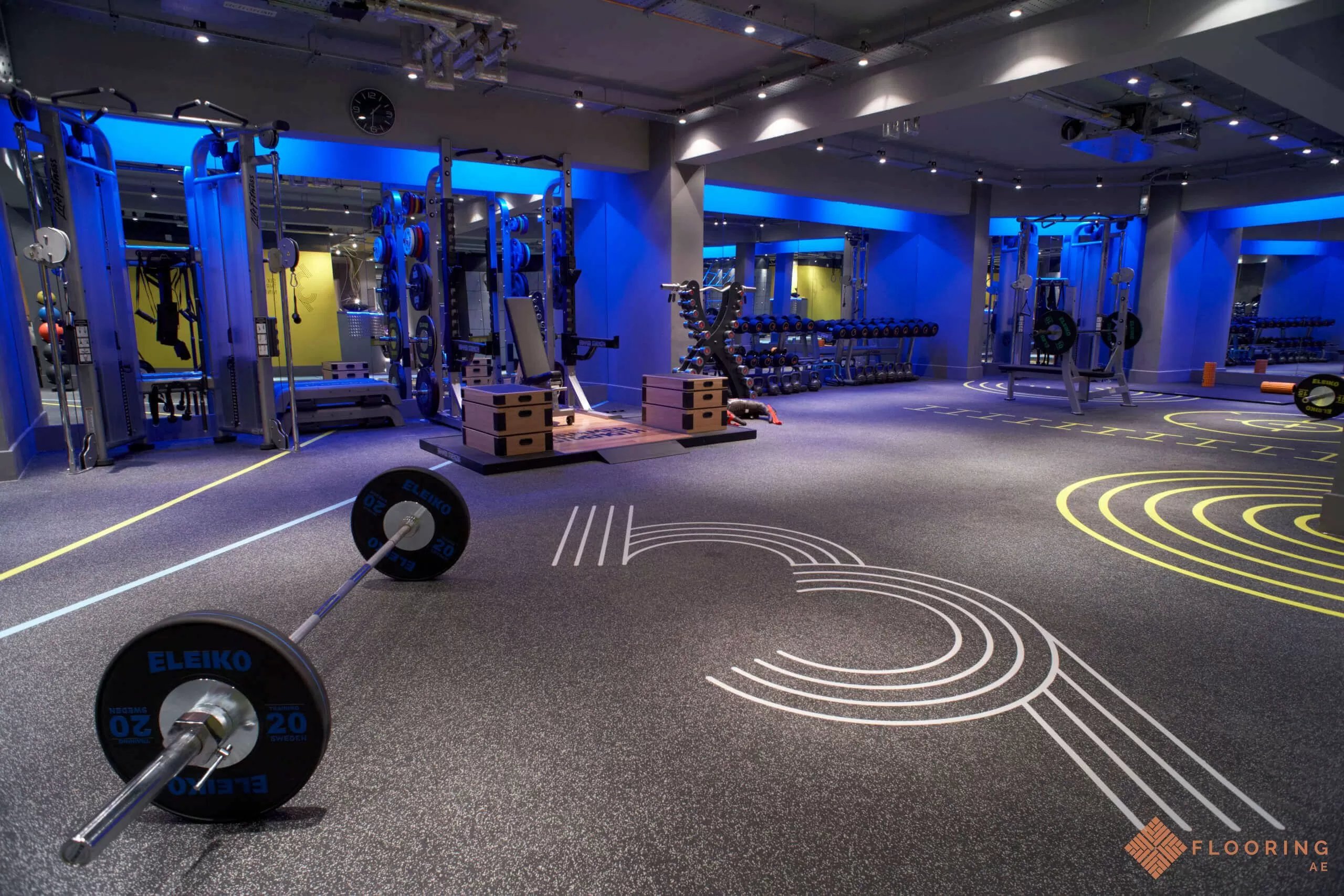
Rubber flooring is your best bet for a home gym. It’s durable and safe, making it ideal for a variety of exercises.
Compared to other materials like foam, carpet, and vinyl, rubber mats are more resistant to wear and tear. The thicker the rubber, the better it can withstand heavy equipment and high-impact activities.
When choosing rubber flooring, think about your training style and the equipment you use regularly. This will help you decide on the right thickness and type of rubber for your needs.
Key Takeaways:
- Rubber is the best choice for durable and safe home gym flooring.
- Rubber mats are superior to other materials in terms of wear resistance and longevity.
- Consider your training style and equipment needs to choose the right thickness and type of rubber flooring.
Relevant URL Sources:
Considering Ease of Installation and Maintenance
When choosing home gym flooring, considering ease of installation and maintenance is crucial for creating a convenient and functional workout space. Here are some tips to help you make an informed decision:
-
Opt for interlocking tiles: Interlocking tiles are a popular choice for home gyms due to their ease of installation. They can be quickly assembled without the need for adhesives or tools, making it ideal for DIY enthusiasts. They are also easy to disassemble and relocate if needed.
-
Consider peel-and-stick flooring: Peel-and-stick flooring is another convenient option. It has an adhesive backing that allows it to be easily applied to the subfloor. This type of flooring is suitable for smooth surfaces and is a good choice for renters or those who prefer a less permanent solution.
-
Choose materials that are easy to clean: Home gym flooring is bound to get dirty and sweaty. Opt for materials that are easy to wipe down or vacuum, such as rubber or vinyl. Avoid materials that absorb moisture or require special cleaning solutions.
Key Takeaways:
- Interlocking tiles offer ease of installation and removal.
- Peel-and-stick flooring provides a convenient solution for renters and temporary setups.
- Choose materials like rubber or vinyl for effortless cleaning and maintenance.
Relevant URL Sources:
- Garage Gym Reviews: The Best Home Gym Flooring Options
- Strong Mocha: 15 Best Home Gym Flooring Options to Protect Your Floors and Improve Workouts
Comparing Prices and Value for Budget-Conscious Options
When setting up a budget-conscious home gym, one of the key considerations is selecting the right flooring. It’s crucial to strike a balance between affordability and the quality needed for safe and effective workouts.
Key Takeaways:
- Rubber flooring offers durability and safety, but can be more expensive.
- Foam and PVC options are budget-friendly, but may not withstand heavy equipment.
- Consider durability, soundproofing, and ease of installation when choosing flooring.
Rubber Rolls
Rubber rolls are a premium option for home gyms, providing excellent shock absorption and durability. They can withstand heavy equipment and offer a comfortable surface for a variety of exercises. However, rubber flooring tends to be more expensive than other options.
Foam Mats
Foam mats are a budget-friendly alternative to rubber flooring. They are lightweight and easy to install, making them a good choice for temporary or portable gyms. However, foam mats may not be as durable as rubber, and can wear out quickly with heavy use.
PVC Mats
PVC mats are similar to foam mats in terms of affordability and ease of installation. However, they offer better durability than foam and are resistant to moisture and chemicals. PVC mats are a good option for home gyms with light to moderate use.
Tips for Comparing Prices and Value
- Set a budget: Determine how much you’re willing to spend on flooring.
- Consider your workout needs: Think about the types of exercises you’ll be doing and how much weight you’ll be using.
- Compare materials: Research the different flooring options and their pros and cons to determine the best one for your needs and budget.
- Check reviews: Read online reviews to get an idea of the performance and durability of different flooring options.
By considering these factors and carefully comparing prices and value, you can choose the best home gym flooring solution that fits both your budget and your fitness goals.
Relevant URL Sources:
- Garage Gym Reviews: The Best Home Gym Flooring Options (2024)
- BarBend: The Best Home Gym Flooring Options
FAQ
Q1: What are some budget-friendly flooring options for a home gym?
A1: Inexpensive home gym flooring options include Home Gym Mats Pebble (10mm), Rubber Flooring Roll 3/8 inch Confetti, Plyometric Rubber Roll 3/8 inch, and Aerobic Foam Floor Tile.
Q2: Which type of flooring is best for high-impact workouts?
A2: Rubber flooring is the optimal choice for home gyms due to its durability and safety. Its wear resistance and longevity make it ideal for activities involving heavy weights and equipment.
Q3: How thick should gym flooring be?
A3: The thickness of gym flooring depends on the type of activities and equipment used. For high-impact workouts and heavy equipment, thicker rubber flooring (such as 3/8 inch or more) is recommended for better shock absorption and protection.
Q4: What are some other factors to consider when choosing home gym flooring?
A4: Besides cost, durability, and thickness, other factors include ease of installation, maintenance, soundproofing capabilities (for noise reduction), and compatibility with specific training styles and equipment needs.
Q5: Where can I find affordable home gym flooring options?
A5: Many online retailers and home improvement stores offer a range of budget-friendly home gym flooring options. Consider checking websites like Greatmats.com, DIY Home Gym Specialty Flooring, and Home Depot for competitive prices and product selections.
- Glass Backsplash: Ideas For a Stylish Kitchen Update - December 2, 2025
- Glass On Tile: A Stylish Kitchen Backsplash Option - December 1, 2025
- Glass Tiles for Kitchen: Style and Durability Tips - November 30, 2025
